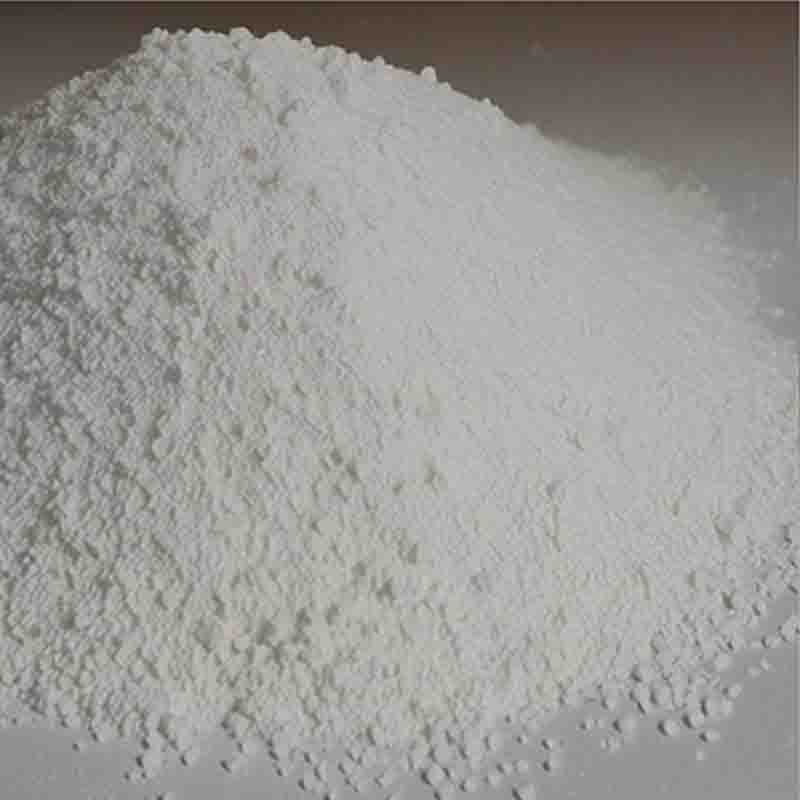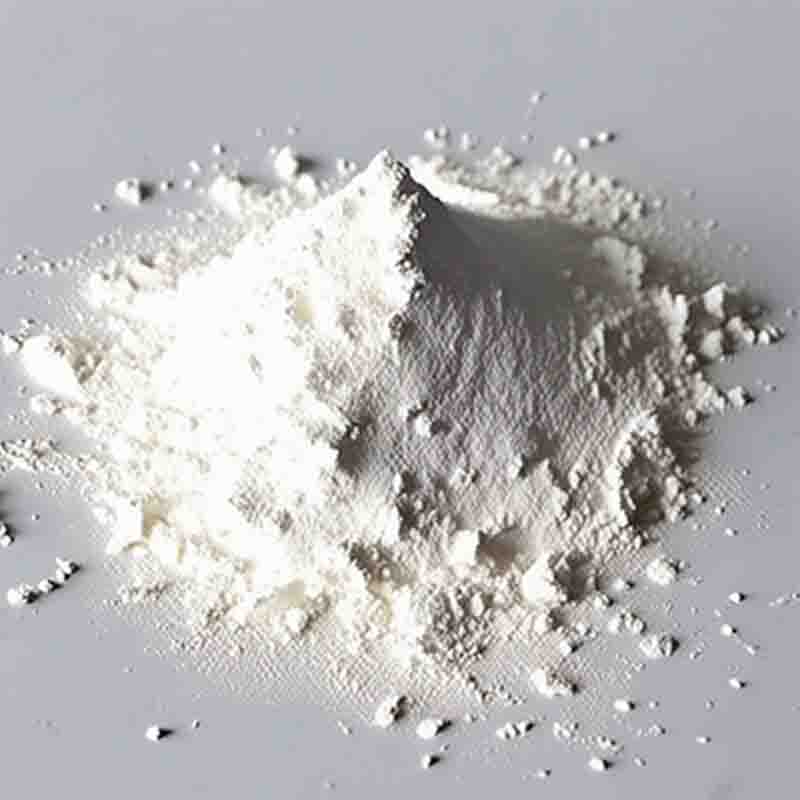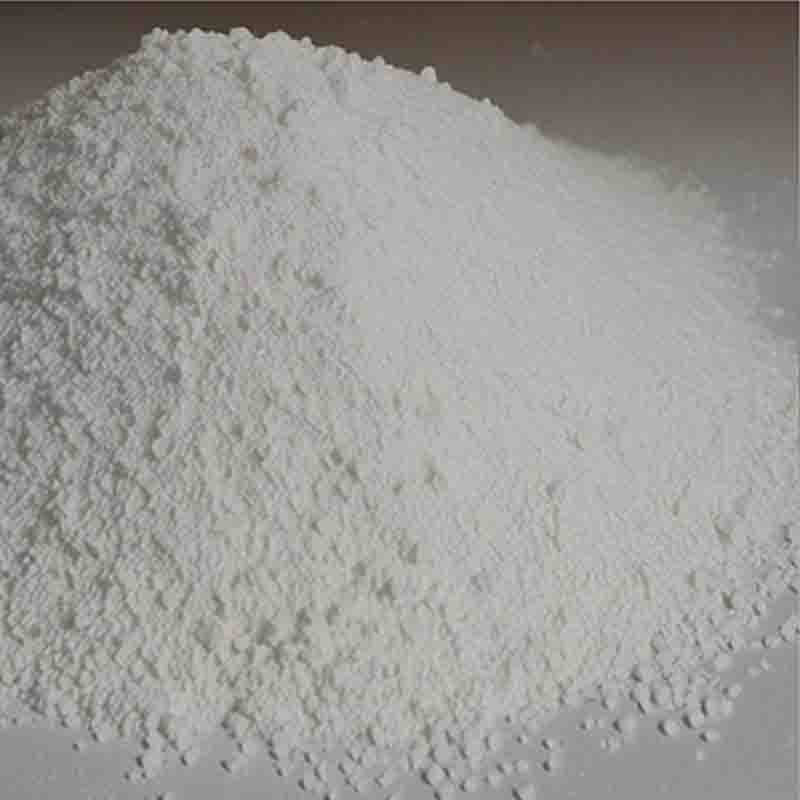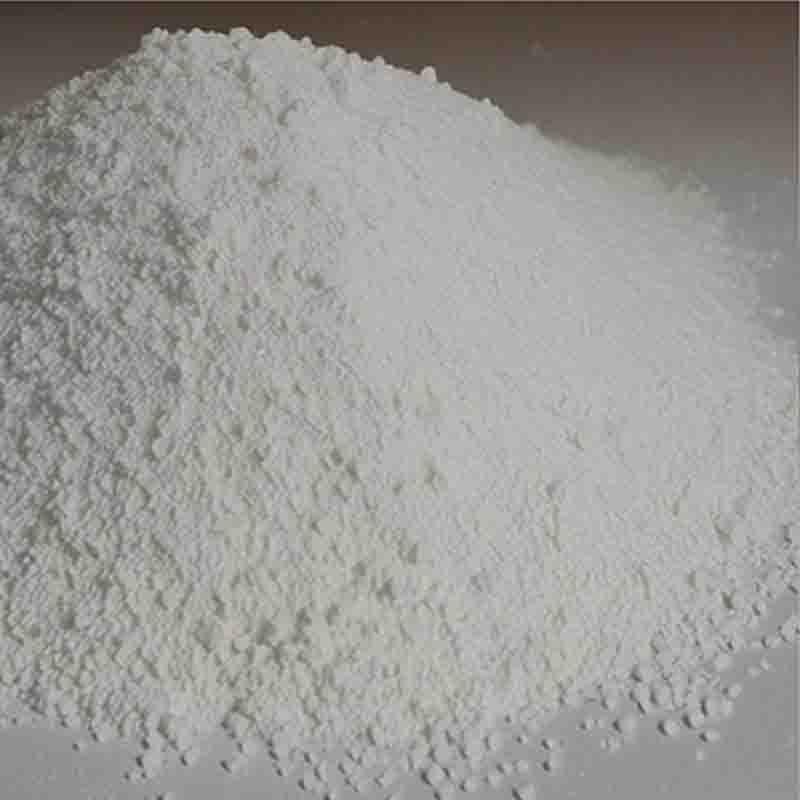Carbonyltris(triphenylphosphine)rhodium(I) hydride CAS: 17185-29-4
| Catalog Number | XD94460 |
| Product Name | Carbonyltris(triphenylphosphine)rhodium(I) hydride |
| CAS | 17185-29-4 |
| Molecular Formula | 3C18H15P.CO.HRh |
| Molecular Weight | 918.8 |
| Storage Details | Ambient |
Product Specification
| Appearance | White powder |
| Assay | 99% min |
Carbonyltris(triphenylphosphine)rhodium(I) hydride, often referred to as Wilkinson's catalyst, is a well-known and widely used organometallic compound. It consists of a rhodium(I) metal center coordinated with three triphenylphosphine ligands and a hydride ligand.One of the key applications of Wilkinson's catalyst is in catalytic hydrogenation reactions. Hydrogenation involves the addition of hydrogen to unsaturated bonds, typically carbon-carbon or carbon-heteroatom double bonds. Wilkinson's catalyst facilitates this process by acting as a highly efficient and selective catalyst. It allows for the conversion of a wide range of substrates, including alkenes, ketones, aldehydes, and imines, into their corresponding saturated counterparts.The versatility of Wilkinson's catalyst extends beyond simple hydrogenation reactions. It is also used in various other catalytic processes. For example, it can promote hydrosilylation reactions, which involve the addition of a silicon hydride to unsaturated carbon bonds. This reaction is essential in the synthesis of silanes, which find applications in diverse fields such as materials science and pharmaceuticals.Furthermore, Wilkinson's catalyst plays a critical role in the synthesis of pharmaceutical intermediates. It enables the selective reduction of functional groups, such as carbonyl groups, which are commonly found in drug molecules. This precise control over chemical transformations is crucial for the synthesis of chiral pharmaceuticals, where the catalyst allows for the production of specific enantiomers with high selectivity.Another notable application of Wilkinson's catalyst is in the industrial production of linear low-density polyethylene (LLDPE). LLDPE is a commonly used polymer that exhibits properties such as flexibility, toughness, and excellent resistance to chemicals. Wilkinson's catalyst, along with a co-catalyst such as methylaluminoxane (MAO), enables the polymerization of ethylene molecules into LLDPE with specific molecular weights and branching structures.In summary, Wilkinson's catalyst, or carbonyltris(triphenylphosphine)rhodium(I) hydride, is a versatile and valuable organometallic compound. Its applications range from catalytic hydrogenation and hydrosilylation reactions to the synthesis of pharmaceuticals and polymers. The catalyst's ability to promote selective and efficient transformations, particularly in the presence of functional groups, makes it a powerful tool in various areas of organic synthesis and industrial processes.









